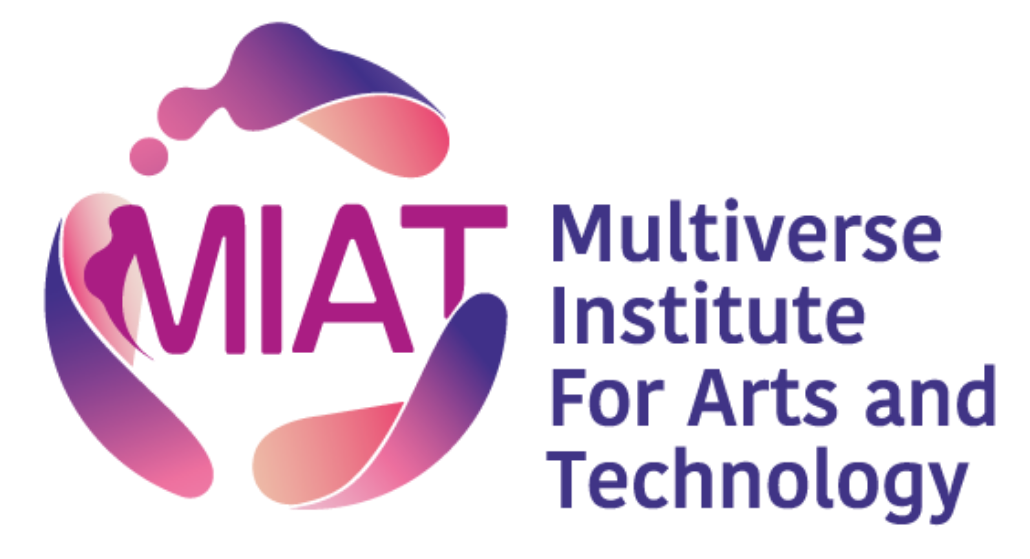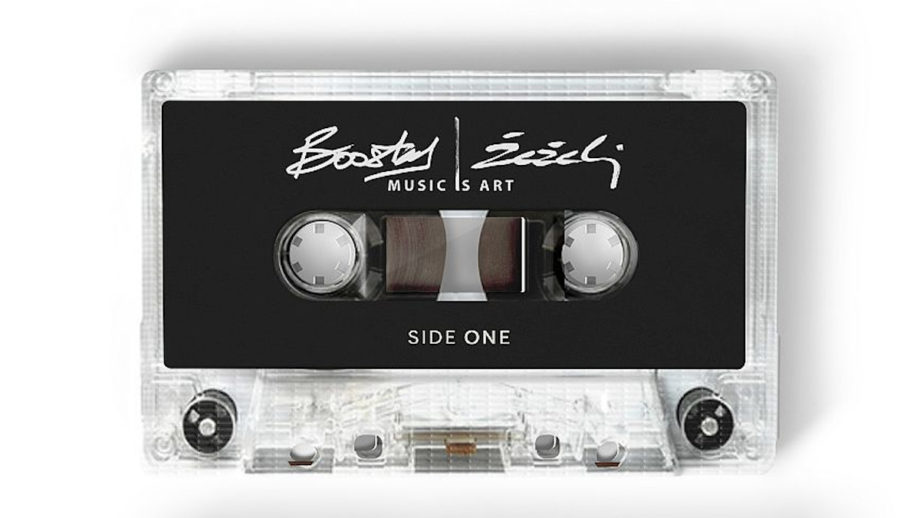DJ and music producer 3LAU made $11.6 million selling music NFTs in just 24 hours in February. Only a few days later, Grimes made 5.8 million dollars in 20 minutes. In the first week of March DJ Steve Aoki made $4,2 million and Post Malone bought an NFT to perform a beer bong against him.
That music is art has been taken for granted for centuries. But in a world where the reproducibility of music itself is the premise on which streaming platforms that drive the sector are based, whether they like it or not, the entry of the NFT in the scenario marks the beginning of a small, big revolution: the artists restart to take possession of the reins of the game and at the music itself is given back its uniqueness.
These viewpoints, combined with the fact that the amount of money made and spent in the crypto space cannot be ignored, leads us today to discuss NFTs, a.k.a non-fungible tokens, which have enabled artists and musicians to make millions of dollars by selling digital versions of their art and music.
The definition of non-fungible it’s easier than you might think since it simply means unique. In fact, the digital token acts as a digital certificate of ownership for what the musician decides to put up for sale, from a single traditional album to extras such as photos, videoclips, concert tickets or exclusive bonus tracks.
In addition, the NFT’s value is defined in part by its scarcity since although each NFT sold is supposed to be one of a kind, its contents can still be shared, copied, and sold to anyone further down the line. This means the lower the number of NFT, the higher the value of the original copy.
However, the most important possibility NFTs have opened to artists is to have created a new model to reach them consumers by avoiding distribution mediators, giving musicians a lot of power back having a different way to monetise their work.
For this reason, NFTs could have a significant impact on streaming platforms, which currently do not pay enough artists. We may see an era in which artists can do business directly with music retailers and sell their NFTs revolutionising the concept of how blockchain technology can be used in the creative space.
Aside from these potentialities, the grammy-award winning musician and producer André Anjos goes by the stage name RAC, shows us also how NFT can be used to create music in a novel manner. In fact, his recording Circular has been made available to fans in both a master mix and as individual parts of the song. Each layer is now owned by a different person, who can then individually make changes that affect the entire song which together essentially form a group-created remix.
“The whole point of Circular is that the song doesn’t have a final state.” Today, “you’ll get a different version than yesterday […] On Spotify, you can’t do that.” says Anjos.
As a result, it becomes necessary to change the distribution concept, as John Patillo, CEO of Southwest Digital, a Houston-based music distribution company, is doing, adding an NFT component to their platform.
“We are treating our distribution layout almost like a Walmart or Amazon in a digital space,” Patillo says. “For example, we have NFTs coming from Nipsey Hussle, DJ Screw and NFTs from some of the iconic guys here in the South. And not only are we going to let them live on our NFT platform or collectible storefront, but we also are going to create NFT collectible galleries”, a physical place where fans could go see the digital assets.
This fact highlights how the concept of uniqueness the NFT brings to the world of music becomes even more important if, the NFT from immaterial becomes something tangible. A made in Italy example of these mix of realities is Music Is Art, the Genuino-supported project that Davide Dileo, aka Boosta, member of Subsonica, and songwriter, and the Croatian visual artist Danijel Žeželj, have launched on Makersplace platform: a unique collection of NFT, made of musical compositions and visual art that for the first time combine digital and analogical dimensions. Those who bought the content created by the two artists also have the opportunity to attend their live performance in an exclusive way. It will be the first live NFT, made of music, illustrative art and the fundamental aspect of music: the interaction with the artist.
As the NFT wave gains importance, the marriage between art and technology becomes more and more explicit and transparent. Where art is evolving because of technology, and technology will evolve because of art, NFT are offering new creative ways for artists to capitalise and connecting more directly with fans, bringing back uniqueness and value to music, and more in general, to art.
Sources: Wired, Bloomberg, Observer
Image: Music Is Art, Davide Dileo, aka Boosta and visual artist Danijel Žeželj


